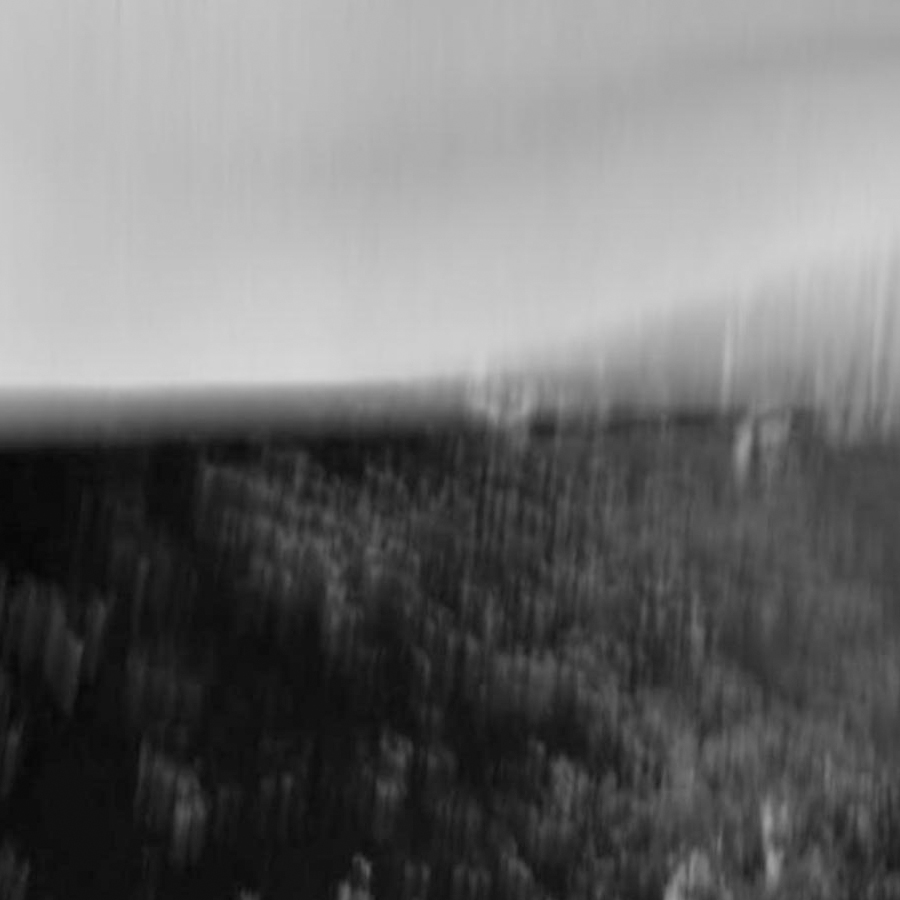submerged and barren

*
Dallington Brook
(scanning error, rotated 90º, cropped else left alone; correct rescan appears two pages later)
Journal of the Northamptonshire Natural History Society and Field Club, 3 (1884-1885)
Bodleian copy, digitized November 15, 2006
drawn here by mosses, including “A Preliminary List of Northamptonshire Mosses” prepared by H. N. Dixon, whose Dallington entries are O. stramineum, O. tenellum, O. Lyellii (“always barren and gemmiparous”), Brachythecium albicans, and Rhynchostegium ruscifolium (“submerged and barren”).
*
Immediately preceding the plate excerpted above, is found a beautifully written communication from the Rev. M. J. Berkeley, looking back on 40 and 50 years of botanizing in Peterborough. It is not long, and does reward being read entire.
*
—
transcribed below, upon learning that these links to source (Google) scans, do not work in some countries —
The following is communicated by the Rev. M. J. Berkeley.
If we look back forty or fifty years, it would be impossible to fix on a more hopeful point than Peterborough for interesting research. Three members of the household of the late Earl Fitzwilliam worked out the whole country in almost every point of interest. Mr. Artis, the house steward, made an especial study of the site of Durobrivae, and though the text of his work was never published, the illustrations command the attention of archaeologists to this day. Mr. Simmons, the head cook, made, with considerable intelligence, a large and varied collection of the insects; while Mr. J. Henderson, the head gardener at Milton, a man of extensive information and original research, worked out not only the botany but zoology, and his paper on the “Germination of Ferns,” in one of the earliest volumes of the “Annals of Natural History,” still bears witness to his power as an observer and draftsman. This was, of course, before so much of the Fens had been drained, and though perhaps it would be difficult now to obtain specimens of such plants as Liparis Loeselii, Malaxis paludosa, Viola lactea, and the rare fern Aspidium cristatum, or Andromeda polifolia, diligent research might afford us in Holm Fens Teucrium Scordium, and other varieties. But the Soke country, with its woods and varied geology, will still yield us a good harvest of Lepidoptera and other insects, while the woods give us Inula Helenium, Melampyrum cristatum, with Listera Nidus-avis. And if we extend our view as far as Wansford and the neighbouring Bedford Purlieus we might still get, on the outskirts of Thornhaugh, Chlora perfoliata; and, if the planting of conifers in the old stone pits at Southorpe has not altered altogether the locality, there would certainly be Anemone Pulsatilla, Hypochoeris maculata, Sedum Telephium, and possibly, for it was once abundant, Ophrys aranifera. Beyond Wansford there is a tract of thin soil, which yields every year a rare assemblage of species of Phascum, with other mosses, when the corn crop has been secured, while also growing a multitude of annual corn plants, such as Caucalis daucoides, Silene noctiflora, Antirrhinum Orontium, Euphorbia platyphylla; and on the roadside, with many a limestone plants, numerous specimens of the Fly Orchis; while the wood itself affords acres of Lily of the Valley, and on the further side of the Purlieus the underwood consists of indigenous specimens of Tilia parvifolia, and when the underwood is cut down, the whole land is sometimes blue with the common Columbine, which I think is indigenous there, if anywhere in England. The same country is undoubtedly rich in Fungi, and some part of the district has been thoroughly examined. There is no doubt that if the country were properly searched many species of Truffle would be found. The common English Truffle, Tuber aestivum, certainly occurs at Milton. At Apethorpe it is sometimes so abundant that one or more pounds may be collected by experts in a few minutes, and in the lime region of Bedford Purlieus nearly twenty species have been found. Nearer home we may observe that in the brickfield at Whittlesea the late Dr. Porter made many valuable discoveries, and there is still the same opportunity and hope of novelty, and such rare plants as Lythrum hyssopifolium may still reward close research in swampy ground. Much might be added of interest, but to enumerate all the capabilities of the neighbourhood would require a formal paper and more energy than an old naturalist in his 82nd year can command.
same, minus images, via archive.org.
tags:
Dallington Brook; Dallington Heath; mosses
M. J. Berkeley; H. N. Dixon, “A Preliminary List of Northamptonshire Mosses” (1884-85)